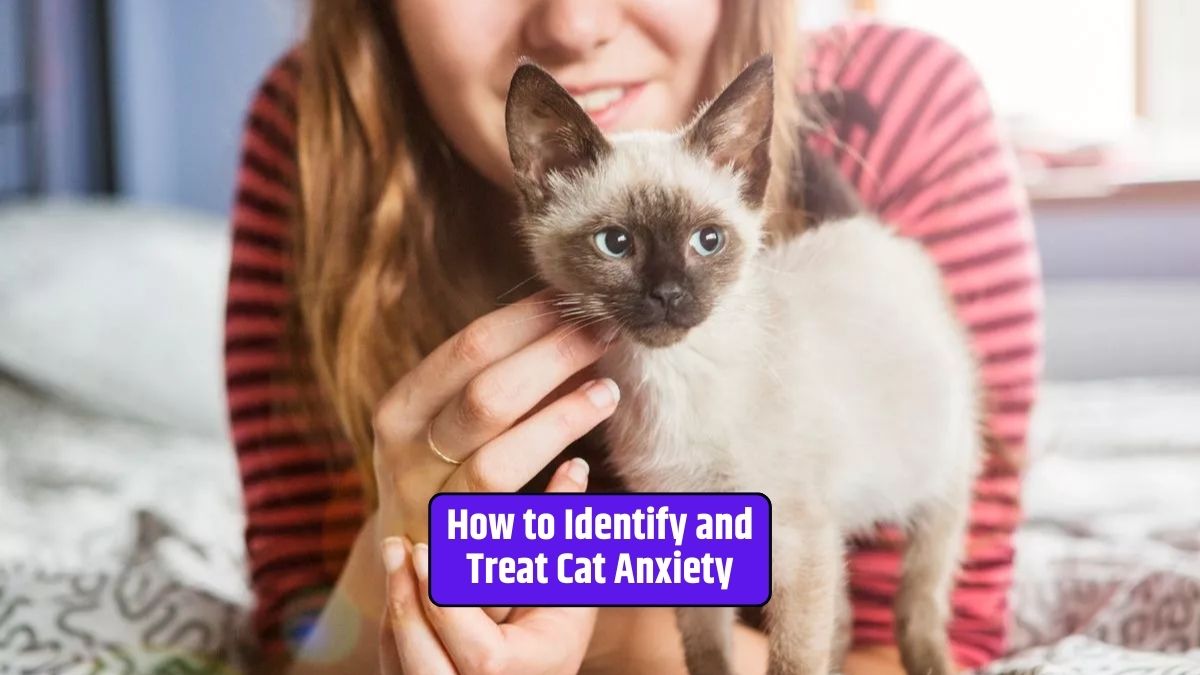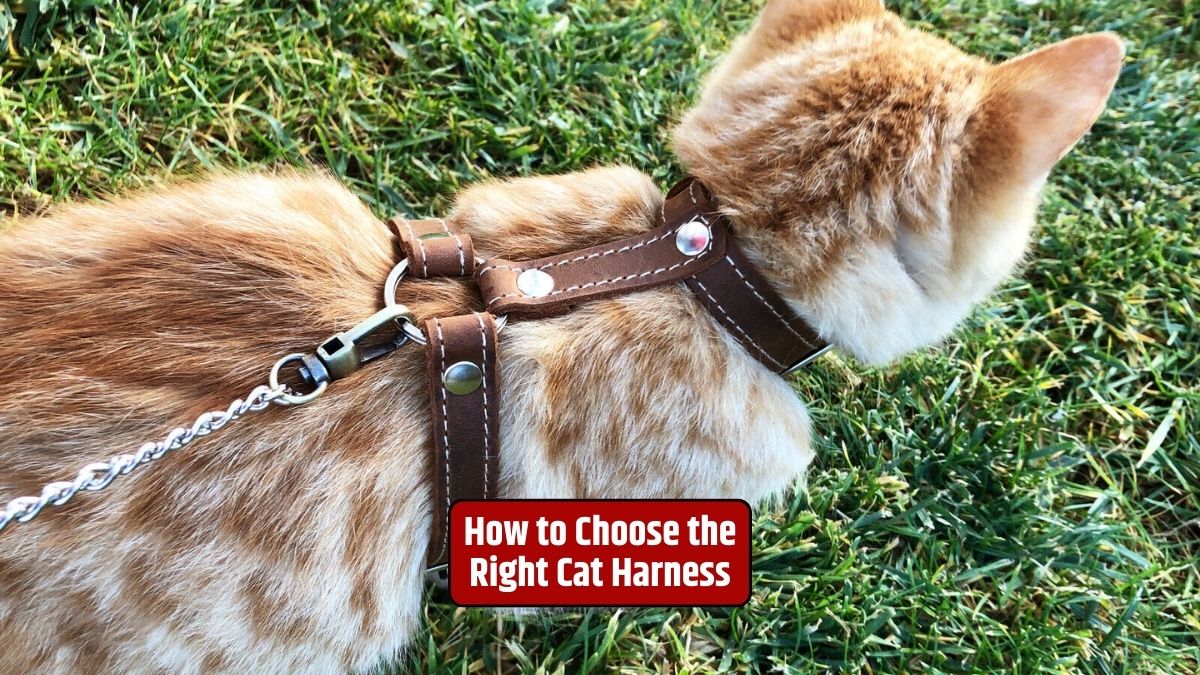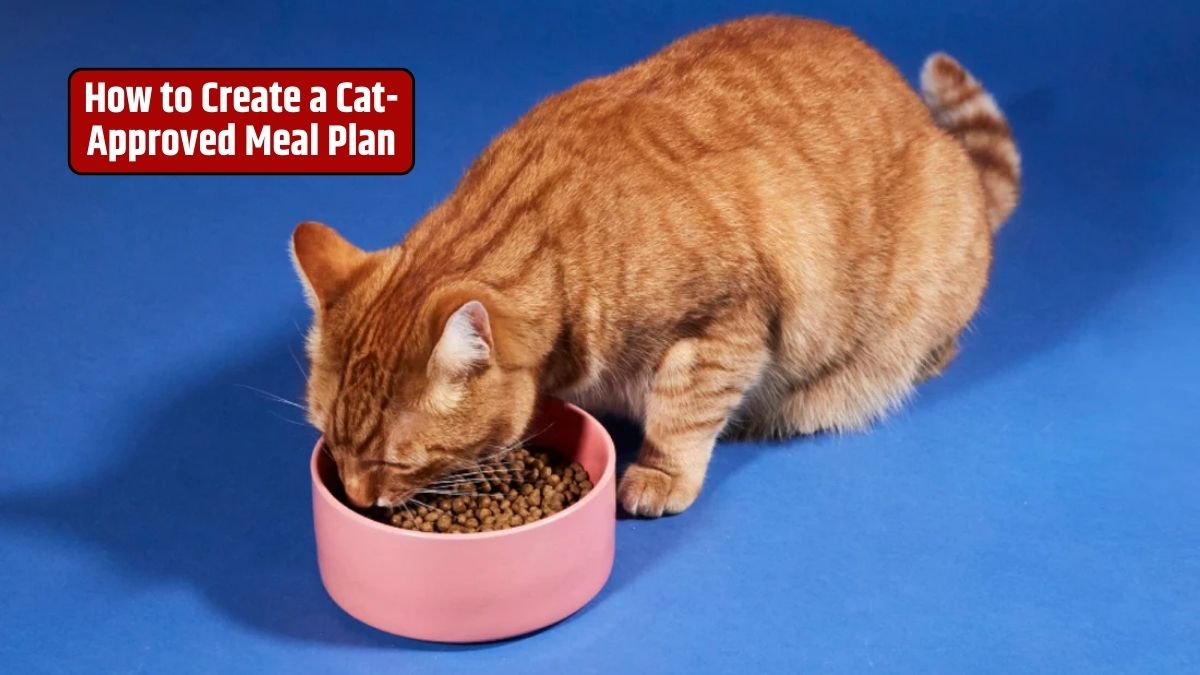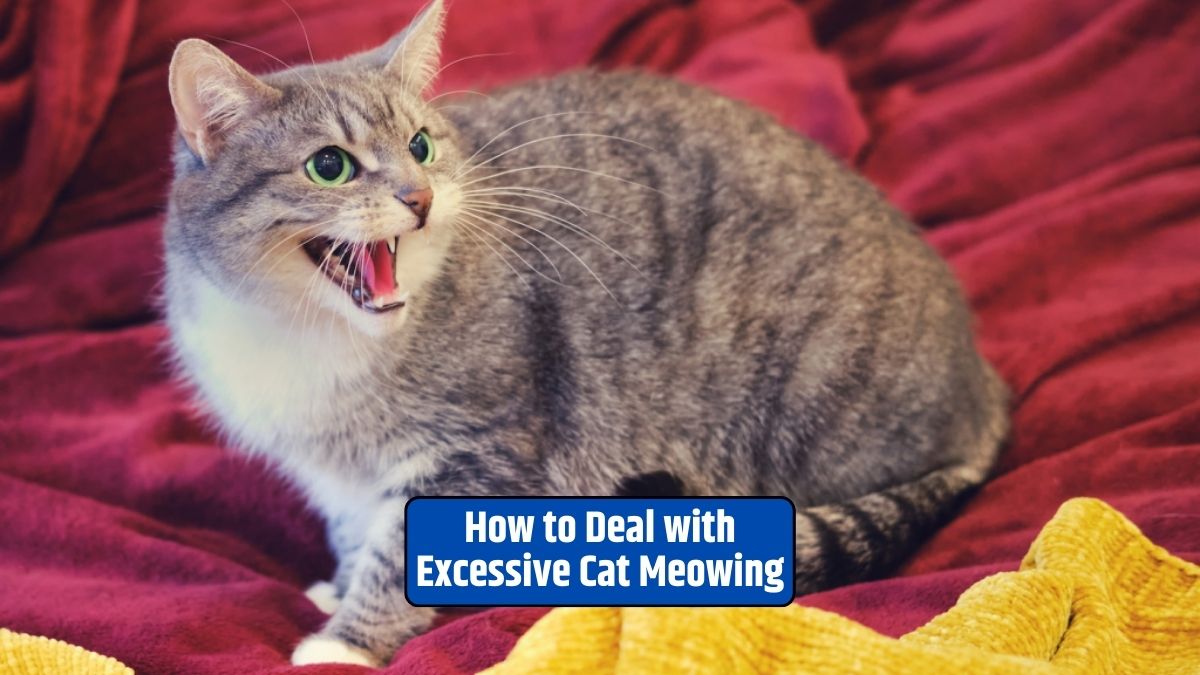Cats, despite their aloof demeanor, can experience anxiety just like humans. Understanding the signs and implementing effective treatments is crucial for ensuring your feline friend’s well-being.
In this comprehensive guide, we’ll explore the nuances of identifying and treating cat anxiety, unraveling the mysteries behind those twitching tails and hidden worries.
Feline Anxiety
1. Changes in Behavior
Cats are creatures of habit. Any sudden change in behavior, such as excessive hiding, sudden aggression, or avoiding interaction, could be a red flag.
2. Inappropriate Elimination
If your cat starts eliminating outside the litter box, it might be a sign of stress. Pay attention to any changes in bathroom habits.
3. Excessive Grooming or Licking
While grooming is normal, excessive licking or fur pulling can be a manifestation of anxiety. Watch for bald spots or irritated skin.
4. Loss of Appetite or Overeating
Changes in eating habits can be indicative of anxiety. Some cats may lose interest in food, while others may overeat as a coping mechanism.
5. Aggressive Behavior
Unexplained aggression towards humans, other pets, or even objects can be a sign of anxiety. This behavior is often a defense mechanism.
Identifying Triggers
1. Environmental Changes
Cats are sensitive to changes in their environment. Moving to a new home, rearranging furniture, or introducing new pets can trigger anxiety.
2. Lack of Routine
Cats thrive on routine. Disruptions in feeding schedules, playtime, or even the absence of a familiar person can cause stress.
3. Medical Issues
Underlying health problems can contribute to anxiety. Pain or discomfort may manifest as changes in behavior.
4. Social Stress
Cats are territorial animals. Introducing a new pet or even changes in the neighborhood can lead to social stress.
5. Traumatic Experiences
Past traumatic experiences, such as abuse or accidents, can haunt cats and contribute to anxiety.
Treating Cat Anxiety
1. Establish a Safe Space
Provide a designated safe space where your cat can retreat when feeling overwhelmed. This can be a quiet room with their favorite toys and bedding.
2. Maintain Consistency
Stick to a consistent routine for feeding, playtime, and other activities. Predictability helps reduce anxiety.
3. Use Pheromone Diffusers
Feliway diffusers release synthetic feline facial pheromones, creating a calming atmosphere. These can be effective in reducing stress.
4. Provide Enrichment
Interactive toys, scratching posts, and window perches can keep your cat mentally stimulated, reducing boredom-related anxiety.
5. Veterinarian
If anxiety persists, consult with a veterinarian. They can rule out underlying health issues and recommend medication or behavior modification techniques.
Conclusion
Understanding and addressing cat anxiety requires patience and observation. By recognizing the signs, identifying triggers, and implementing practical solutions, you can create a stress-free environment for your feline friend. Remember, a content cat leads to a harmonious and joyful home.
FAQs
Can cats outgrow anxiety?
It depends on the cause. Some cats may overcome anxiety with proper care and adjustments, while others may require ongoing management.
Can I give my cat over-the-counter anxiety medication?
It’s crucial to consult with a veterinarian before administering any medication. Over-the-counter options may not be suitable or safe for all cats.
How long does it take for a cat to adjust to a new environment?
Cats vary in their adjustment times. Some may adapt quickly, while others may take weeks or even months. Patience is key.
Can I use natural remedies for cat anxiety?
Natural remedies like catnip or herbal supplements may help some cats. However, their effectiveness can vary, and it’s essential to consult with a veterinarian.
Are certain cat breeds more prone to anxiety?
While individual temperament plays a significant role, some breeds, like Siamese and Bengals, may be more prone to anxiety. However, every cat is unique.






